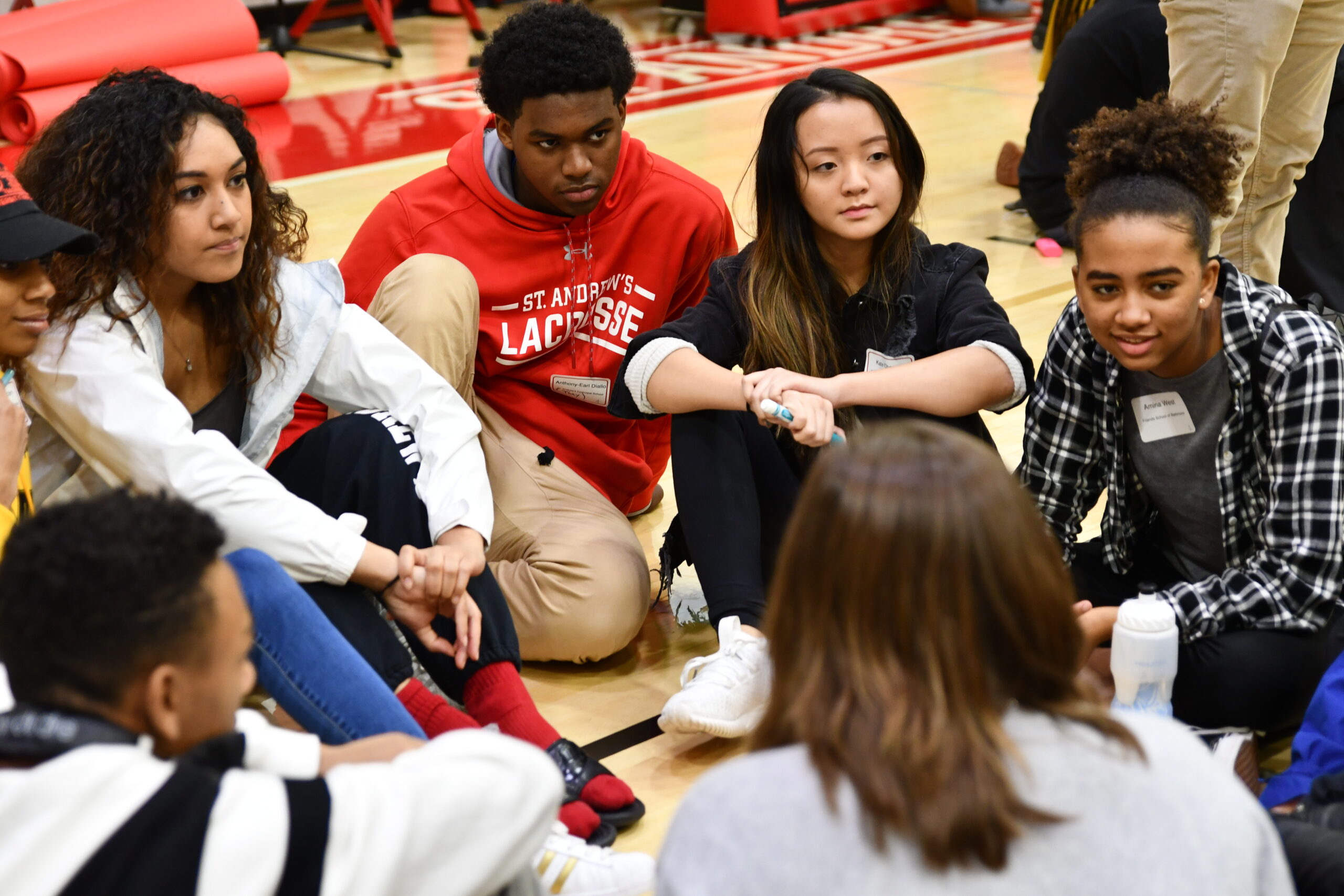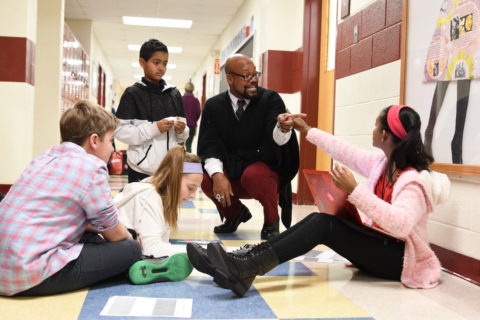Chris Hulleman, director of the University of Virginia’s Motivate Lab, defines sense of belonging as “the belief that one is academically and socially connected, supported, and respected.” This belief is one of three learning mindsets—along with growth mindset and a sense of purpose and relevance—that help us understand the deeper structure of motivation.
A sense of belonging helps shape students’ beliefs about themselves, their potential, and the learning context, and is likely to be especially beneficial for students from traditionally marginalized groups. By deliberately addressing belonging in our classes, we can help build deeper engagement, deeper learning, more fairness, and a more positive whole child school experience.
Picture each of your students. As they enter school, either in person or online, do they feel safe and valued, and that their unique story matters in school? Do they feel they can bring their full self to each class? Do they feel known? Do they feel like they belong in this space?
In class, how do you speak to them? Are there any biases present in your words or actions? Do you give all students the benefit of an equally long wait time when you ask questions? Is your classroom instruction engaging, accessible, and relevant? An ongoing commitment to diversity, equity, and inclusion (DEI) work will help you build the foundations of belonging for every student.
But DEI work alone is not enough. Let’s go back to your students. Are your lessons designed in alignment with what we know from cognitive science about how the human brain learns? What does the practice work you assign look like? What study strategies do you teach students to use? How is metacognition built? Does the feedback you give students help or hurt? What does homework look like?
Classic research on belonging suggests that telling students you have high expectations of them and that you believe in their potential to meet those expectations has a positive impact. How do you follow through on that? How can you design learning experiences that help students meet those high expectations? Some strategies based on the science of learning can help.
This article was originally published by Edutopia. Continue reading at Edutopia.org.
Dr. Ian Kelleher is a science teacher at St. Andrew’s Episcopal School, and Head of Research for its Center for Transformative Teaching & Learning. His work focuses on helping teachers translate the science of learning into everyday practices in their own classrooms, and measuring the impact. Ian is the co-author of “Neuroteach: Brain Science and the Future of Education,” and co-designer of Neuroteach Global. Ian is the the inaugural Joseph and Kathleen Dreyfuss Faculty Chair for Research, an endowed position at St. Andrew’s Episcopal School for the lead CTTL researcher.




